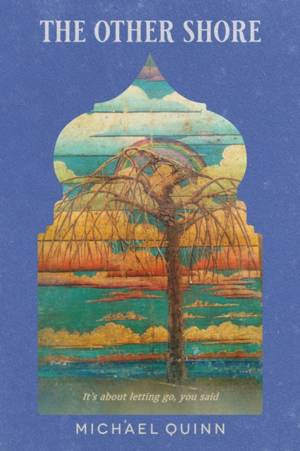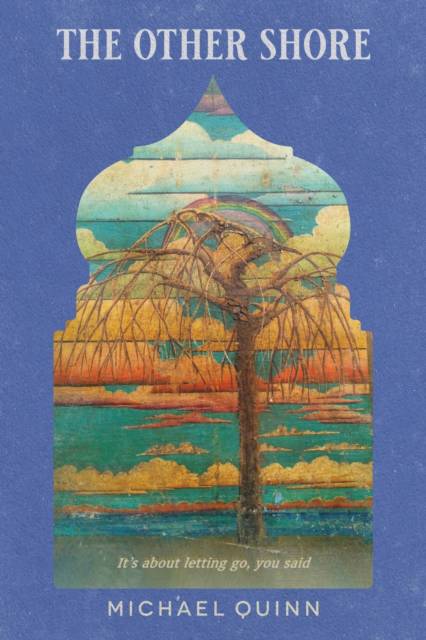
- Retrait gratuit dans votre magasin Club
- 7.000.000 titres dans notre catalogue
- Payer en toute sécurité
- Toujours un magasin près de chez vous
- Retrait gratuit dans votre magasin Club
- 7.000.0000 titres dans notre catalogue
- Payer en toute sécurité
- Toujours un magasin près de chez vous
Description
According to the author, The Other Shore is a work of true fiction, a picaresque novella, woven of tissues of truth and make-believe. Any truth to be found in it exists in the eye and inner ear of the reader.
It is a story of the road. It was the late nineteen-sixties, the summer of love. Two friends dropped out of college, disputing being labelled 'dropouts', because deep inside they felt they were dropping into another reality. Discovering it possible to travel down any road by holding out a thumb, they used this magical accomplishment to travel east, carrying a library of gnosis in their backpacks.
Fifty years later, the outbreak of the coronavirus pandemic has restricted travel. One lies in a coma in Scotland and the other lives in a rainforest in Australia, suffering from depression. As part of his narrative therapy, he is encouraged to get in touch with his friend and attempt to bring him out of his coma. Every morning, the narrator sits on his veranda with his phone, telling his friend stories from his journal of their travels half a century before. He examines photographs of his friend's wood-carvings in an attempt to understand what lies behind them. Perhaps they hold the way out of the dark wood his friend is lost in. Perhaps the journal entries hold the key to a forgotten memory, vital to transforming his state of mind.
Spécifications
Parties prenantes
- Auteur(s) :
- Editeur:
Contenu
- Nombre de pages :
- 146
- Langue:
- Anglais
Caractéristiques
- EAN:
- 9780645191806
- Date de parution :
- 04-09-21
- Format:
- Livre broché
- Format numérique:
- Trade paperback (VS)
- Dimensions :
- 152 mm x 229 mm
- Poids :
- 222 g

Les avis
Nous publions uniquement les avis qui respectent les conditions requises. Consultez nos conditions pour les avis.






